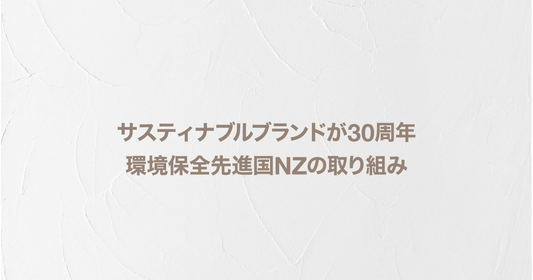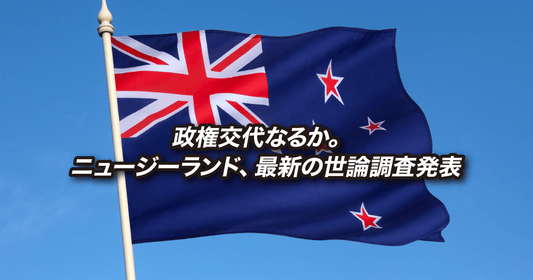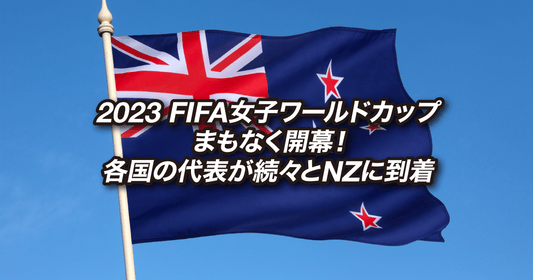
In September, 30 albatross chicks flew away from the albatross habitat at Taiaroa Point on the Otago Peninsula, just outside Dunedin. I thought it would be lonely for a moment, but the habitat seems to be bustling already. What happened to the chicks that flew away?
A new breeding season
Albatrosses are returning to the habitat where their chicks have left the nest in preparation for the next breeding season. Some pairs are having their first baby this year, while others are having babies for the second time. Albatrosses have their first breeding season at an average age of 8 years old, and have babies every two years. It is said that pairs of albatrosses work together, regardless of gender, to incubate the eggs and raise the young, and most stay with the same partner for a long time. Eggs are laid from late October to the end of November, and the eggs hatch around the end of January to early February of the following year. One chick is selected from the hatched chicks, and its journey is broadcast live until it leaves the nest.
The live camera continues to roll even after the chicks have left the nest.
*The video is currently unavailable.
The first Albatross returned for the 2021/2022 season on September 9th.
We are super happy to announce the first chick from this season fledged on Monday- Quarry chick! We also had our first returnee of the upcoming season, a four year old banded YL (Yellow Lime) 💛💚 welcome home! We will be ringing the bells on Monday at 1pm 🤩 📷 Theo Thompson pic.twitter.com/Ia2lcVGynh
— RoyalAlbatrossCentre (@AlbatrossCentre) September 9, 2021
Since then, by the end of October, 89 albatrosses had returned!
The albatrosses are not always in front of the camera, so it is best to focus on the highlights , but on busy days you can see as many as five or six albatrosses gathered together in a lively formation.
Apparently 15 males have already started building nests, and it won't be long before the eggs are laid!
Where is Tiaki now?
Tiaki was chosen from the chicks hatched in 2020/2021 and was the star of the live stream. Where is she now?
After repeatedly practicing floating around the nest, the albatross chicks suddenly take off without even practicing flying short distances. They will practice foraging near New Zealand for a while, then head for South America. Tiaki is the first chick to be fitted with a GPS, so you can check its current location on the web. It says...
Tiaki set off on his journey on September 25th and arrived safely in Chile, South America, in just over a month! (Although he didn't land, he spent the whole time on the sea.) Although albatrosses don't travel in groups, I'm sure Tiaki's fellow Chileans arrived safely too...!New Zealand Falcon goes to new home
Next, we will talk about the chicks of the New Zealand falcon, a type of falcon. This falcon is the only falcon that lives in New Zealand, and it is, needless to say, the fastest flying bird. It is designated as near threatened.A New Zealand falcon chick born at the Wingspan Birds of Prey Trust , a bird conservation and research facility in Rotorua on the North Island, has moved to Mount Tauhara, on the outskirts of Taupo, a city with a large lake about an hour's drive south of Rotorua.View this post on Instagram
View this post on Instagram
The two chicks transported to Mount Tauhara were born to falcons being cared for at Wingspan and were raised at the facility until they were two months old.
Wingspan is conducting a wide range of conservation, research and awareness-raising activities to save the New Zealand Falcon from extinction. According to the New Zealand Department of Conservation, there are currently only about 5,000 to 8,000 New Zealand Falcons remaining in the country, which is fewer than the 68,000 kiwis in the country.
The chicks will grow up under the watchful eye of local staff and volunteers. It is hoped that one day they will find a mate and start a family.
Four kiwi birds also moved
New Zealand's most famous bird is the kiwi, and conservation efforts are underway across the country. Four kiwi chicks hatched at a conservation facility in Taupo have been relocated to Rotoroa Island, off the coast of Auckland.View this post on Instagram
The four chicks are named Will, Nena, Kapow and Baffle. The youngest, Nena, hatched 17 days ago, while the oldest, Will, hatched 68 days ago. Nena has grown to 311g and Will to 540g.
Rotoroa Island is an island where there are no invasive mammal species that are natural enemies of kiwi birds. It is truly a sanctuary for birds. Kiwi chicks spend their time here until they grow big enough to escape from invasive species. It is said that only 5% of chicks grow up in the wild, but by raising them on Rotoroa Island, 99% of the chicks reach adulthood.
Joe Ritchie, an ecologist with the Rotoroa Island Trust , an organisation that protects birds on Rotoroa Island, said:
It's a privilege for Rotoroa Island to be able to provide a safe home for some of the most vulnerable young kiwis. We have a wildlife sanctuary, a predator-free environment where we can protect and nurture the chicks until they are older. It takes the whole country to protect the kiwi, and we're very proud to be part of it.
He said.





